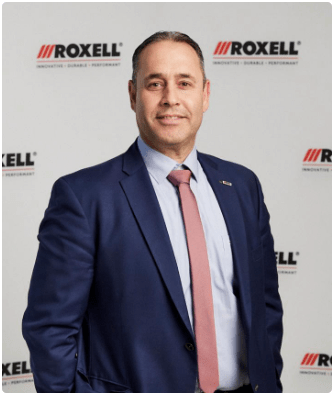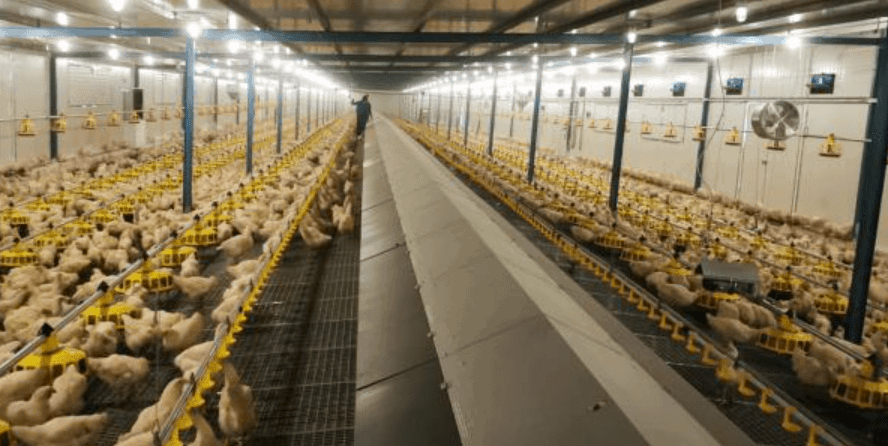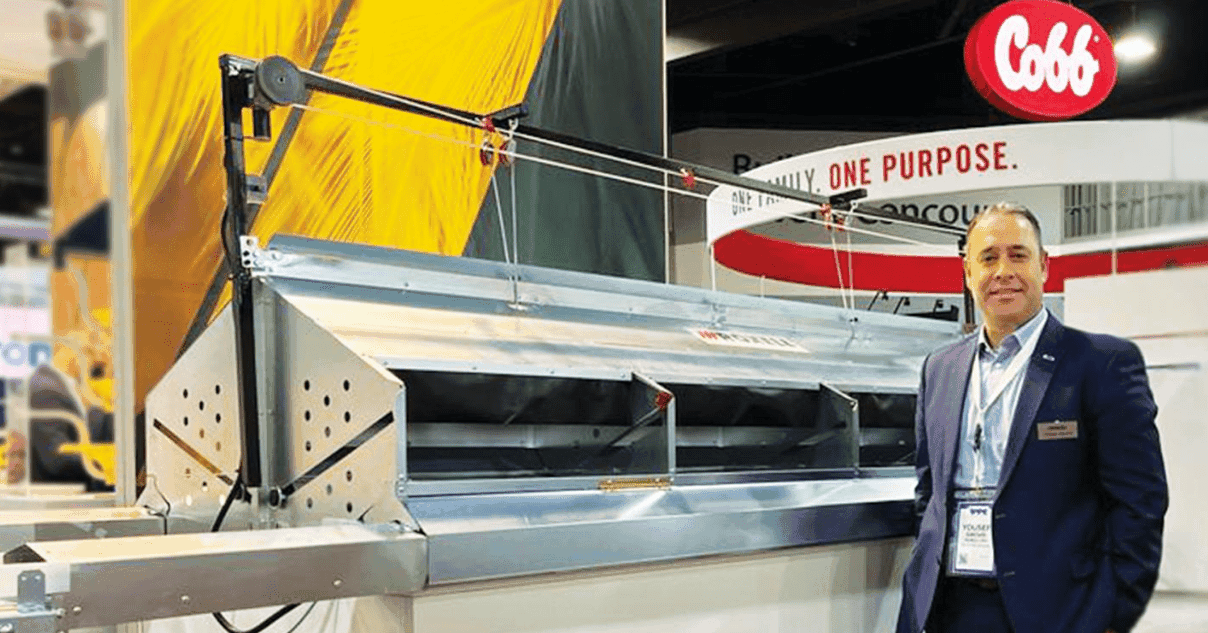



Farmers in the United States face challenge of restoring profitability
Small interventions can return profitabilityIn the past 1,5 years, Yousef Daoud has spoken to many people in the American poultry sector. The tone of the conversation was often bleak, especially when speaking directly with poultry farmers. Their new investment plans for houses are being refused by banks as their businesses are deemed “not profitable enough”. However, Yousef can offer solutions to this. He analyzes the situation in the US.

On a daily basis, Yousef uses data to prove that 'relatively small interventions ' can improve the profitability of poultry farms. Extra returns are easiest to extract from existing houses. For example, by investing in the latest generation of nesting systems to increase the stocking density in a house.
How did you come into contact with the poultry sector in the USA?
Yousef: “I have worked in the poultry sector for my entire career. So it’s safe to say I’m an ‘insider’ at this point. I’ve been a Business Development Manager for the past 4 years. I enter into new partnerships on Roxell’s behalf and expand our existing connections. In the US, I have the most contact with large poultry corporations that supply chickens and feed to their contracted farmers. Chicken farmers own the building and house systems, but the corporation determines for a large part their purchasing decisions and management practices”.
“When I want to present our innovative house systems, I start by approaching the top rung on the ladder. It’s the poultry corporations I need to convince because they determine the choices that individual farmers are allowed to make. I demonstrate that there are new, animal-friendly ways to increase farmers’ profits. And that requires a special approach where I listen, persuade and present hard evidence”.

How does the US differ to other regions?
Yousef: “In the US, most poultry farms are contracted to large corporations, which is not always the case in other regions. The contract guarantees that Tyson Foods, Pilgrim’s Pride, Sanderson Farms etc. will buy the contracted volumes, but the money for the house and house equipment is invested by the farmers themselves. They are not free to make their own decisions because the contract with the corporation sets out quite detailed specifications for the house”.
“This way of working hampers the introduction of innovative house systems. We’ve reached a point where these contracts are having dire consequences. Many poultry farmers in the US are dissatisfied with their situation”.
Why are poultry farmers in the US struggling?
Yousef: “Demand for chicken is rising in the US. The logical response is to want to invest in new houses. And therein lies the problem. In Europe, building new houses is tricky due to policy on nitrogen emissions. However, in the US, financial institutions are blocking the construction of new houses. This is because the figures that poultry farmers take to the bank when requesting a new loan are too low and they are labeled ‘not profitable’”.
“Investment plans are also rejected. So the construction of new houses is at a virtual standstill. Even renovation and expansion projects are no longer approved. The average income of poultry farmers is too low to guarantee repayment of the loan. This is a huge challenge for domestic poultry production in the US.”
What can be done to rapidly increase profits at poultry farms?
Yousef: “By comparing this situation to other regions of the world, we can uncover a few solutions. The stocking density of broiler breeders in Europe is +10 % compared to the US and performance is even +15 %. The reason for this is the differences in the layout of the house and the type of nest”.
“The majority of the world uses group nests. But individual compartments are still the norm in the US. The low stocking density and low performance is undoubtedly caused by the type of nests used in the US. But luckily there is a relatively simple solution to that.”
How can nests improve profitability in the US?
Yousef: “If building a brand-new house is not an option, a good alternative is to invest in a more efficient nesting system. Individual nests may have a good track record but the downside is that they do not make efficient use of the space. Less nesting space means less animals in a house.”
“In the US, the alternative to individual nests is the Shenandoah group nest. Roxell built this nest especially for the US market and it looks different to standard group nests. This is the only group nest that can be installed seamlessly in a US house, without any adjustments to the layout and animal management. The Shenandoah group nest provides space for a larger number of hens, which means you increase the total number of birds in the house. The shared compartments are spacious, hygienic and oxygen-rich, resulting in a high nest acceptance."
I recommend this relatively easy ‘quick win’ to all my customers in the US. It can instantly restore the profitability of a poultry farm. And in the current situation farmers must act fast, otherwise many of them will have to close their businesses. YOUSEF DAOUD, BUSINESS DEVELOPMENT MANAGER ROXELL










